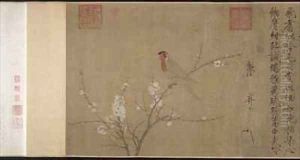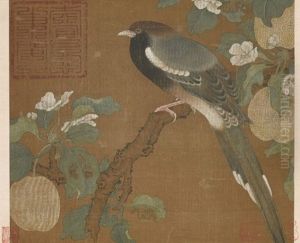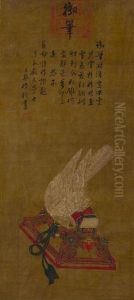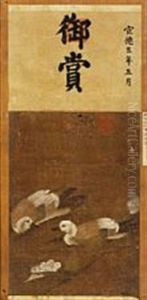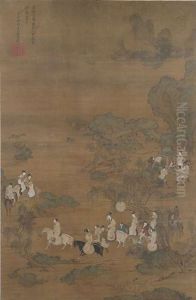Huizong Emperor Paintings
The Huizong Emperor, also known as Emperor Huizong of Song, was born Zhao Ji on November 2, 1082. He was the eighth emperor of the Song dynasty in China, reigning from 1100 to 1126. The Huizong Emperor was known not only for his role as emperor but also for his significant contributions to Chinese art, especially in the realm of calligraphy and painting.
Huizong was an avid patron of the arts and a skilled practitioner himself. His reign is often remembered for the cultural and artistic renaissance that took place, and he founded the Imperial Painting Academy, which played a pivotal role in developing the painting styles associated with the Northern Song period. His own calligraphy style, known as 'Slender Gold,' was admired for its elegance and became a highly esteemed style in the practice of Chinese calligraphy.
Despite his artistic achievements, Huizong's reign faced numerous challenges, including political corruption and military weakness. His handling of state affairs has been criticized, particularly in the context of the Jin-Song Wars. Huizong's lack of military acumen and over-reliance on court officials led to the catastrophic capture of the Song capital, Bianjing, by Jurchen-led Jin forces in 1127 during the Jingkang Incident. This event marked a significant turning point in Song history, leading to the loss of the northern part of the empire and the establishment of the Southern Song dynasty by Huizong's successor.
Huizong himself was captured by the Jurchens and lived the last part of his life in captivity. He died in 1135, far from his homeland, leaving behind a legacy that is often characterized by a dichotomy between his artistic genius and his failures as a ruler. Despite the political turmoil of his reign, Huizong's influence on Chinese art has been long-lasting, and his works are still celebrated today.




